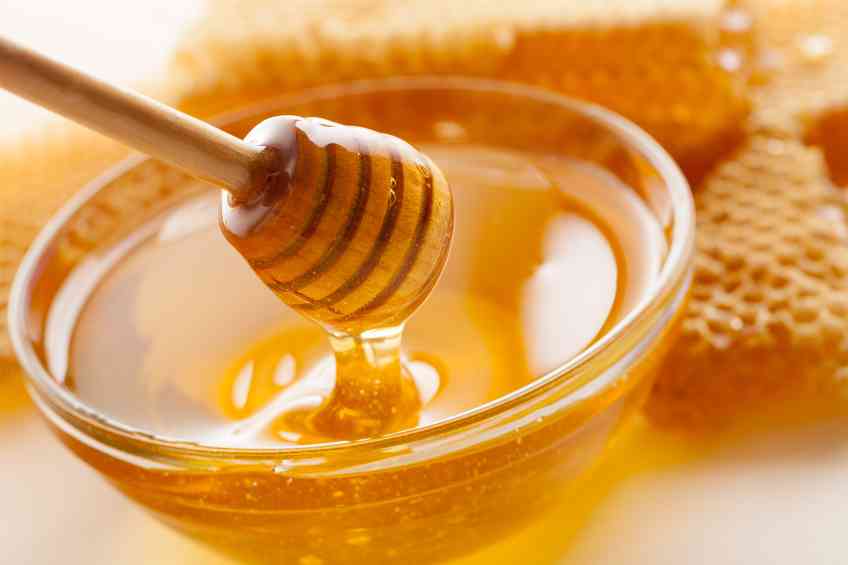By Barbara Krooss –
There has always been a buzz about the health benefits of honey. These include being rich in nutrients and cancer-fighting antioxidants. Healthline.com even reports that honey may support heart health, reduce coughing in children, help ease burns and heal wounds. What’s not to like?
Honey benefits, however, do mean it is necessarily easy to negotiate through the various types of honey. There are, after all, more than 300 different ones on the market, many of which have different looks, tastes and even nutritional values, according to the Cleveland Clinic.
Consider that honey can be dark, light, clear, cloudy or crystallized. They can contain wax honeycomb and pollen or be finely filtered. Jars get tagged with labels like raw, unpasteurized, pasteurized, homogenized, pure, organic, varietal or infused.
Start with raw honey. Not surprisingly, it is considered the purest form, being only lightly filtered before bottling. It includes healthy ingredients like pollen, royal jelly, beeswax and propolis, all of which goes to slightly reduce its clarity. It can contain more than 22 amino acids as well as 31 minerals, vitamins and enzymes. Often sold as an artisanal product, the Cleveland Clinics notes these kinds of honey usually have the highest levels of antioxidants. Compared to processed honey, this lightly filtered form is reputed to taste and smell better, although those buying on visual appeal alone often choose the clarity of more commercial varieties.
Comb honey is more earthy thanks largely to the slab of edible wax honeycomb that is included in these containers. These slabs, much like the flowers involved, can provide unique smells and tastes for each jar or batch.
Honey that goes through a heating process can be smoother and clearer than raw ones. The process also slows or retards crystallization and eliminates potentially dangerous bacteria like Clostridium Botulinum. The process, however, also kills beneficial pollen and eliminates yeasts that could ferment watery honey prematurely that is harvested from an uncapped comb. Unfortunately, propolis, antioxidants and enzymes are also destroyed during heating, eliminating many health benefits.
Pasteurization takes the heating process to a different level, ultimately creating commercial or supermarket-quality honey. This effort involves honey being heated in registered pasteurizing plants to about 160°F, then quickly cooled. It is also passed through an ultra-fine filtration program. The result is seemingly clear honey with high visual appeal but less unique taste and no pollen or antioxidants.
This appealing but less healthy honey has generated a search for a middle-ground product between raw and pasteurized honey. The result is a boom in demand for unpasteurized options. This approach calls for processing at lower heats and moderate filtering to help retain the honey’s beneficial nutritional properties while destroying undesirable microorganisms.
Pure honey as the name implies has no additives. Commercial honey producers, for example, can add crystallization inhibitors like isobutyric and sorbic acids and corn syrup or sugar to their products to inhibit crystallization. They also slip in additives to boost sweetness and increase low-cost volume. It is advisable to check labels for additives if uncertain about what a store-bought honey contains.
Varieties can also be infused with additives for taste or medicinal effects. The leading ingredients include herbs (rosemary, ginger, mint or cannabis), spices (cinnamon, cloves or star anise), fruits (oranges or lemons), vegetables (hot peppers) and nuts (coffee). Honey can also be blended with several types to enhance flavor or visual appeal. These are called homogenized honey.
Then, of course, there is organic honey or at least organic beekeepers. They claim their bees only visit organically grown plants and receive only organic medicinal treatments.












